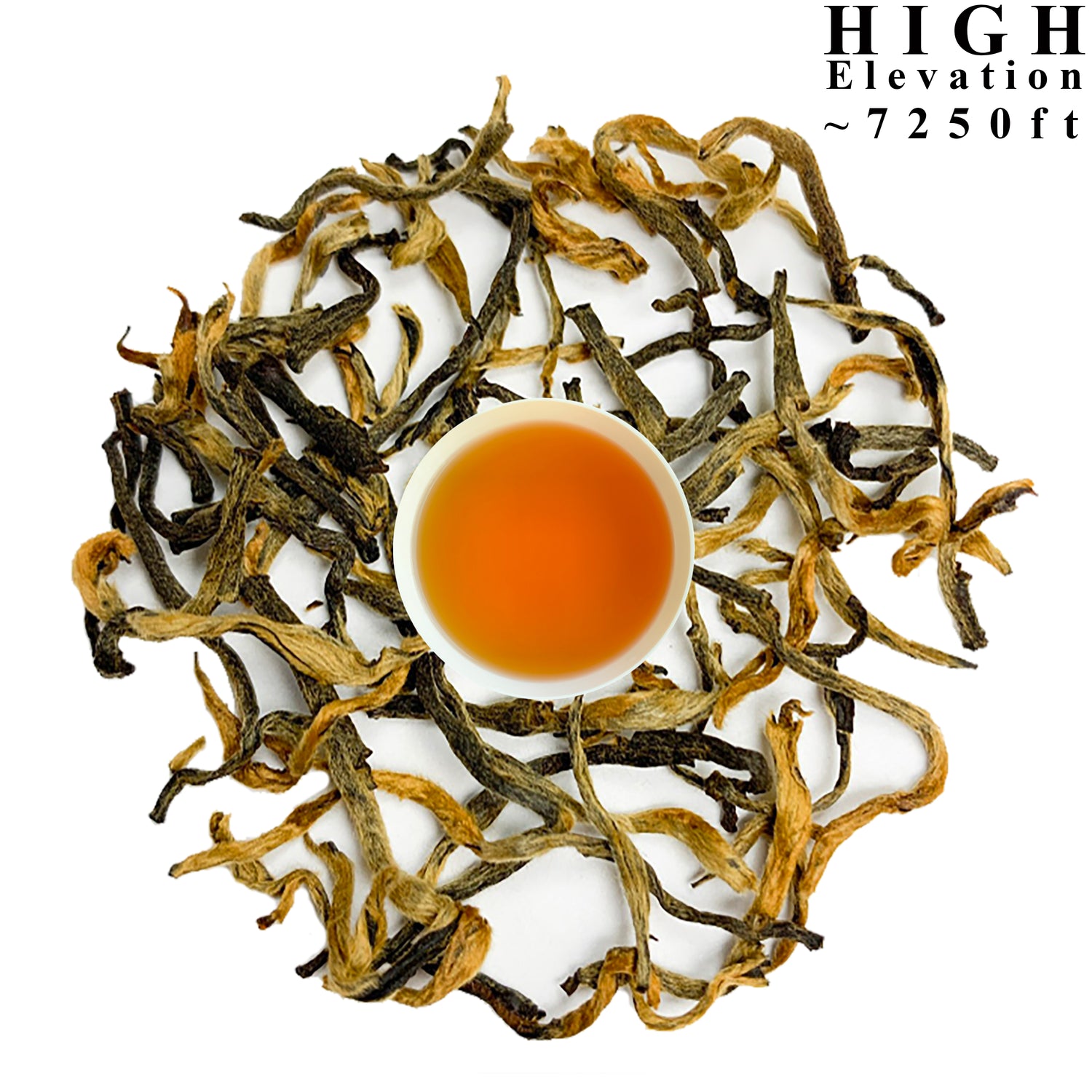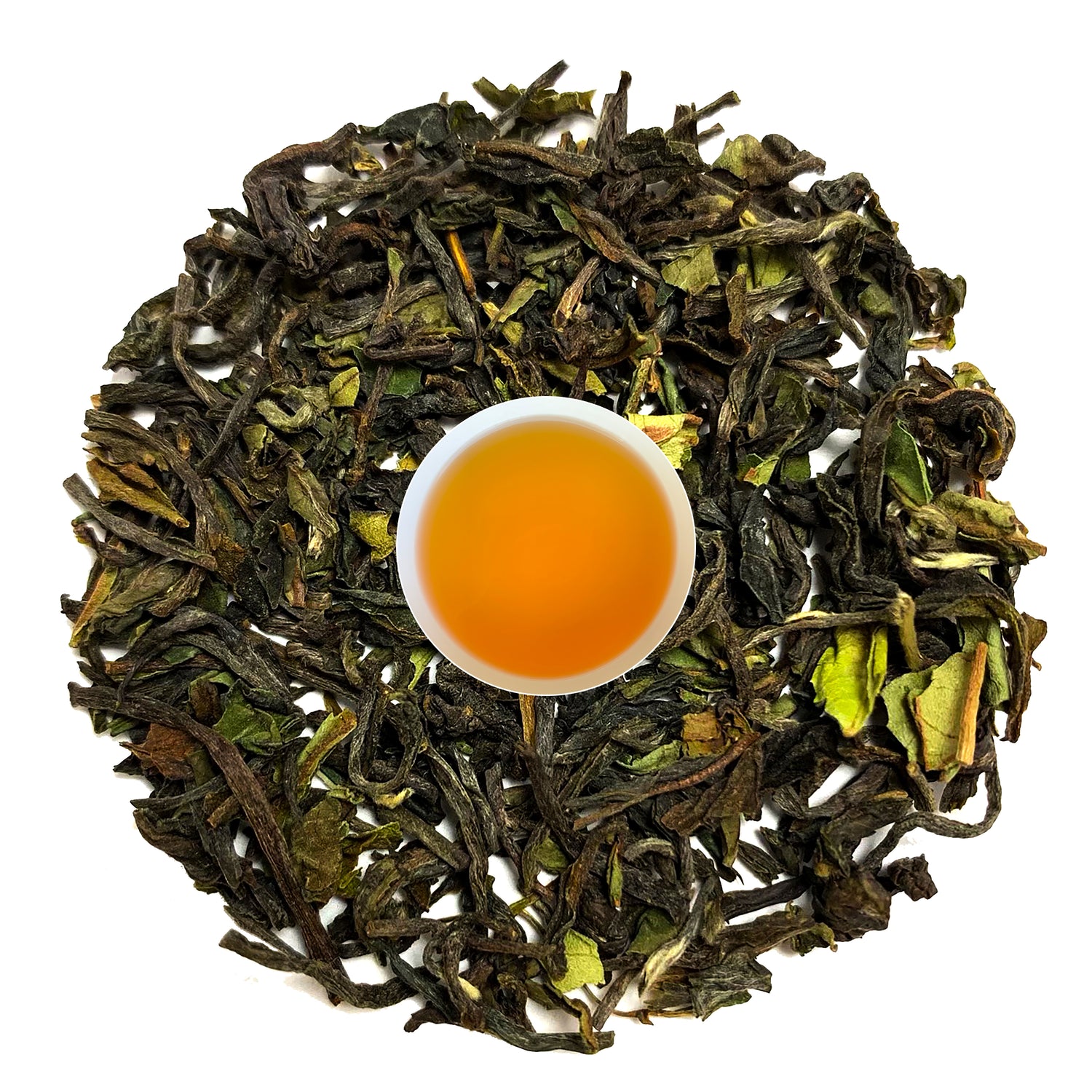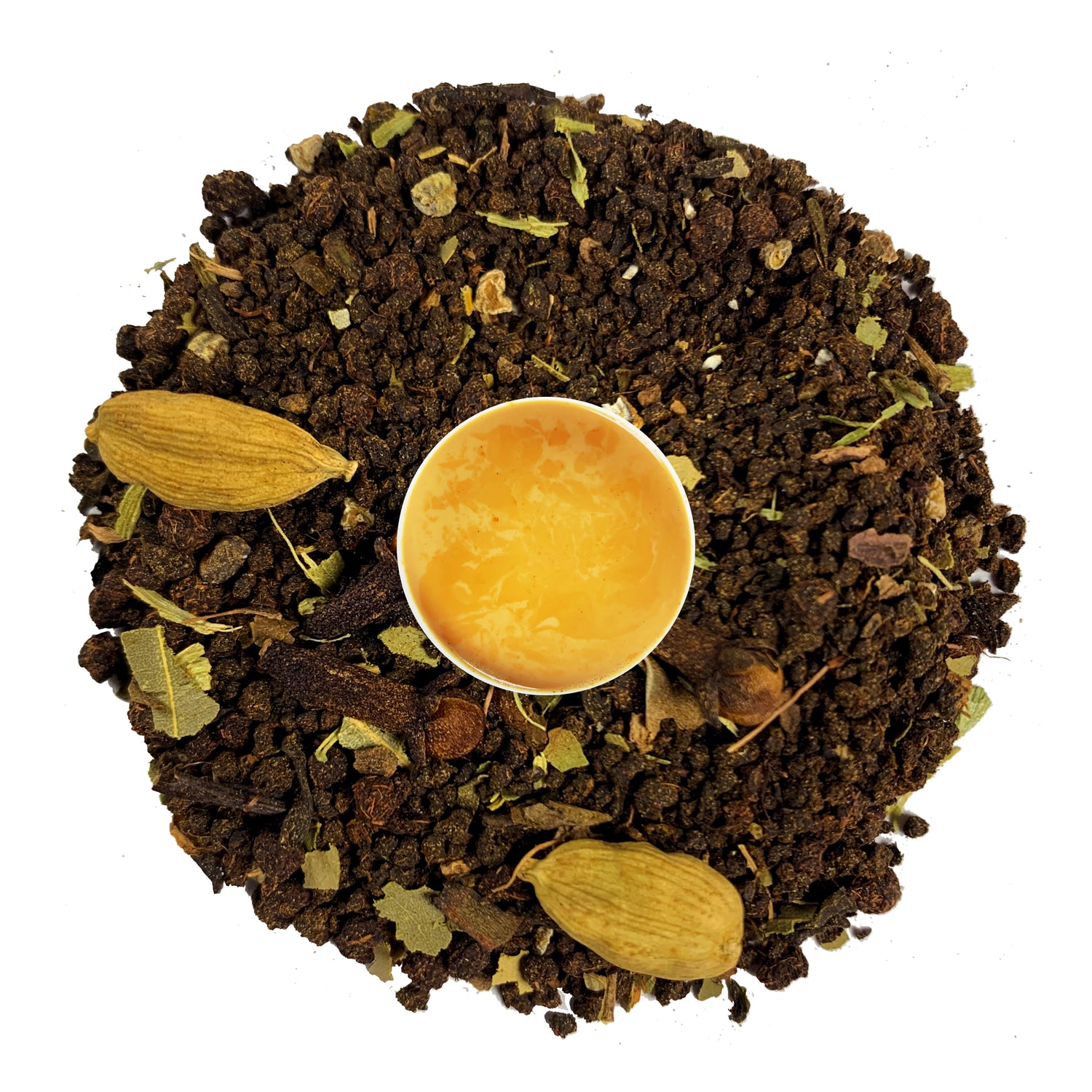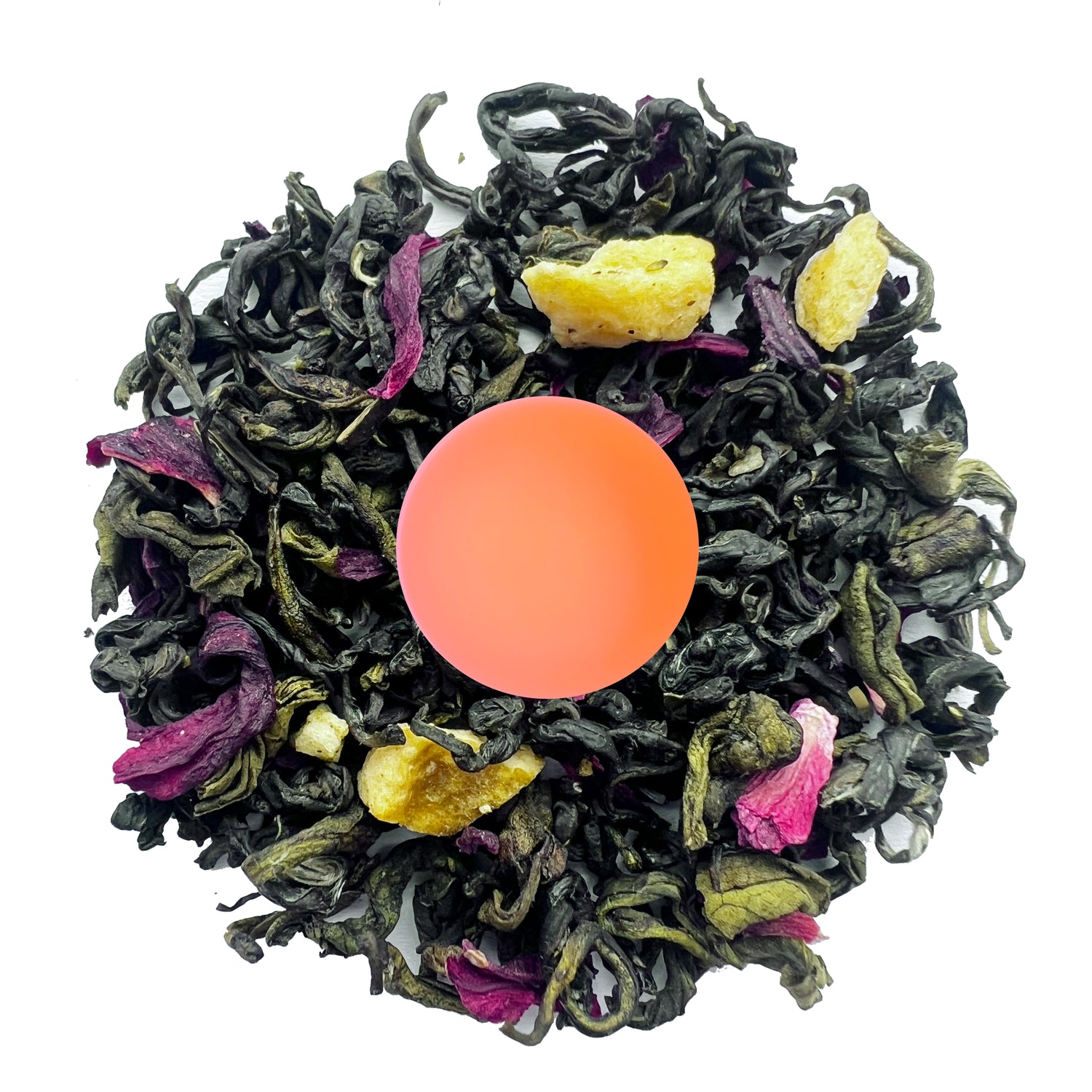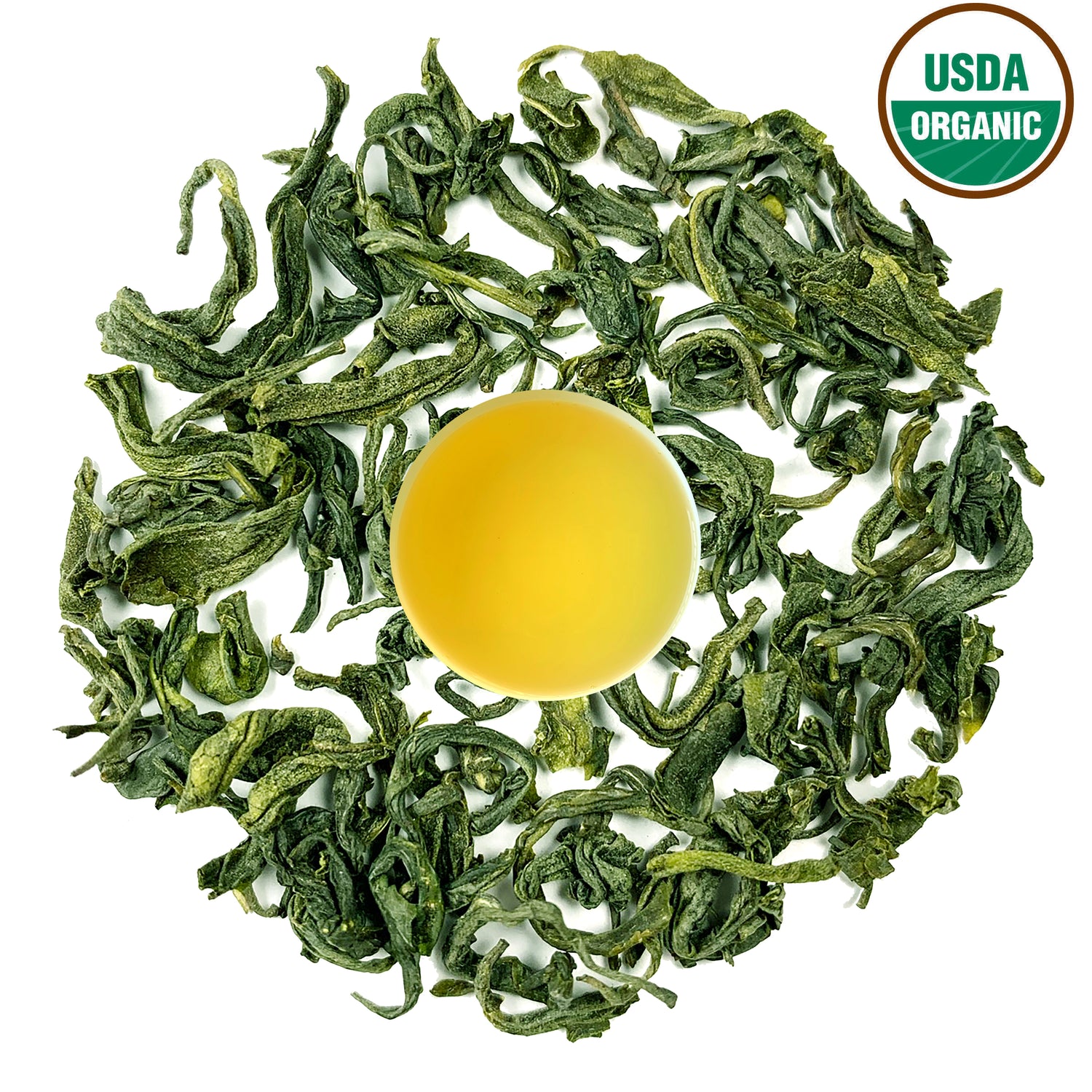
Best Temperature for Brewing Green Tea Effectively
Brewing the perfect cup of green tea requires precision, patience, and an understanding of how temperature affects its delicate flavors and health benefits. Nepali green teas, cultivated in the pristine high-altitude regions of the Himalayas, offer a unique taste profile with floral, grassy, and slightly sweet notes. To fully enjoy these flavors, knowing the right brewing temperature is essential. In this expert guide, we’ll explore the science behind green tea brewing, the ideal temperature range for green teas, and best practices to achieve the perfect cup every time.
Why Temperature Matters When Brewing Green Tea
Green tea leaves contain delicate compounds, such as catechins, polyphenols, and amino acids, that contribute to its flavor and health benefits. The temperature of the water determines how these compounds are extracted. If the water is too hot, the tea may become bitter and astringent. If it’s too cold, the tea may taste weak and under-extracted.
A study published in the Journal of Food Science suggests that steeping green tea at around 176°F (80°C) results in the highest extraction of catechins while preserving the tea’s sensory attributes (Source). This is particularly important for Nepali green teas, as they are grown in higher altitudes and naturally contain more antioxidants than lower-altitude teas.
Ideal Brewing Temperature for Nepali Green Tea
The optimal temperature for brewing green tea falls between 160°F (71°C) and 180°F (82°C). Nepali green teas, such as Mt. Pumori Best Green Tea (Certified Organic) and Nepal Green Tea Leaves, thrive within this temperature range.
For more delicate teas like Nepal Jasmine Green Tea, a lower temperature of 160°F to 170°F (71°C to 77°C) is recommended to preserve its floral aroma and sweet undertones.
How Altitude Affects Brewing Temperature
Nepali green teas are grown at elevations above 4,500 feet, where cooler temperatures and thinner air slow the oxidation process, resulting in a naturally sweeter and more aromatic tea. Due to these unique growing conditions, Nepali green teas can be steeped at slightly higher temperatures (around 175°F to 180°F (79°C to 82°C)) compared to Japanese or Chinese green teas. This higher temperature allows for a fuller extraction of flavors without increasing bitterness.

How to Achieve the Perfect Brewing Temperature
To ensure the best results when brewing Nepali green tea, follow these steps:
1. Use Fresh, Filtered Water
Water quality significantly impacts the taste of green tea. Fresh, filtered water enhances the natural flavors, while hard or chlorinated water can introduce off-tastes.
2. Heat the Water Correctly
-
If you have an electric kettle with temperature control, set it to 175°F (79°C) for most Nepali green teas.
-
If using a stovetop kettle, bring the water to a boil and let it cool for 2-3 minutes to reach the ideal temperature.
-
Avoid microwaving water, as it can create uneven heat distribution.
3. Preheat Your Teapot or Cup
Pour a small amount of hot water into your teapot or cup and discard it before adding the tea leaves. This helps maintain the brewing temperature.
4. Measure the Right Amount of Tea
Use 1 teaspoon (2 grams) of loose-leaf Nepali green tea per 8-ounce (240 ml) cup. For a stronger brew, increase the amount of tea rather than the steeping time.
5. Steep for the Right Duration
-
Delicate Nepali green teas (e.g., Nepal Jasmine Green Tea) require 1.5 to 2 minutes.
-
Bolder Nepali green teas (e.g., Mt. Pumori Best Green Tea) can steep for 2 to 3 minutes.
-
Avoid steeping longer than 3 minutes, as it may lead to bitterness.
Enhancing Your Nepali Green Tea Experience
Reusing Green Tea Leaves
One of the best qualities of high-altitude Nepali green tea is that the leaves can be steeped multiple times. Each infusion brings out different flavor notes, with the second steep often being smoother and sweeter. To re-steep, simply add 30 seconds to the original steeping time.
Experimenting with Cold Brewing
For a refreshing summer option, try cold brewing Nepali green tea:
-
Add 2 teaspoons of loose-leaf green tea to 16 ounces (500 ml) of cold filtered water.
-
Let it steep in the refrigerator for 4 to 6 hours.
-
Strain and enjoy a smooth, naturally sweet tea with no bitterness.
Conclusion
Mastering the art of brewing green tea starts with understanding the role of temperature. For Nepali green teas, the ideal range of 160°F to 180°F ensures a perfect balance of flavor and aroma. Whether you're enjoying a cup of Mt. Pumori Best Green Tea (Certified Organic) or the floral Nepal Jasmine Green Tea, controlling the water temperature is key to unlocking their full potential.
By following these expert tips, you can elevate your tea-drinking experience and savor the authentic taste of high-altitude Nepali green tea every time. Cheers to a perfect cup!
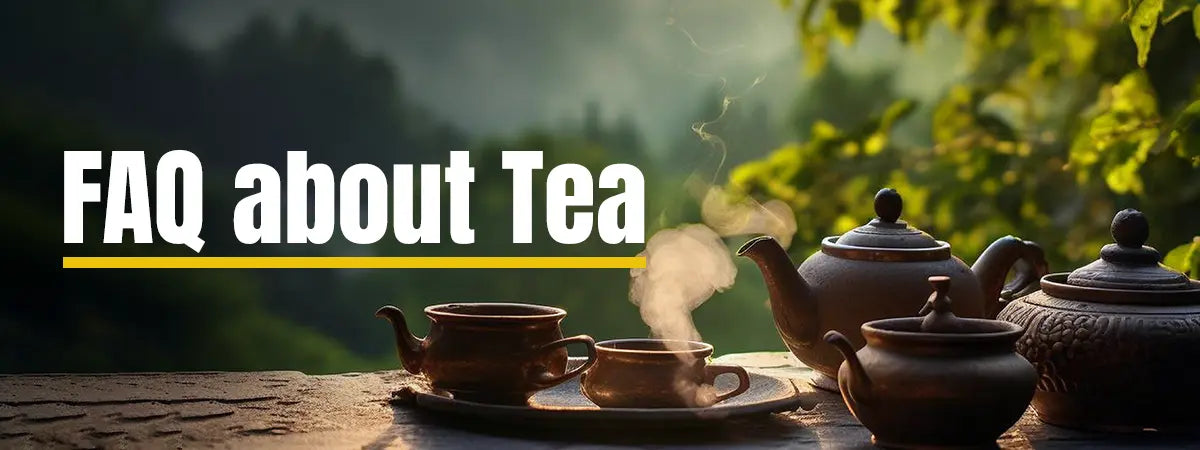
Frequently Asked Questions (FAQs)
Q1: Why does my green tea taste bitter?
Green tea can become bitter if brewed with water that is too hot or steeped for too long. To avoid this, keep the temperature between 160°F and 180°F and steep for no longer than 3 minutes.
Q2: Can I add lemon or honey to Nepali green tea?
Yes! Adding a few drops of lemon enhances the tea’s natural antioxidants, while honey provides a subtle sweetness. However, avoid adding milk, as it may mask the delicate flavors.
Q3: Can I use boiling water and let it cool down?
While this method works, it’s not precise. If you don’t have a thermometer, let boiled water sit for 2-3 minutes before pouring it over the tea leaves.
Q4: Is Nepali green tea higher in antioxidants than other green teas?
Yes! Due to the high-altitude growing conditions, Nepali green teas have higher concentrations of catechins and polyphenols, making them rich in antioxidants.
Q5: Can I drink Nepali green tea every day?
Absolutely! Drinking 2-3 cups of Nepali green tea daily can provide numerous health benefits, including improved metabolism, better digestion, and enhanced mental clarity.

